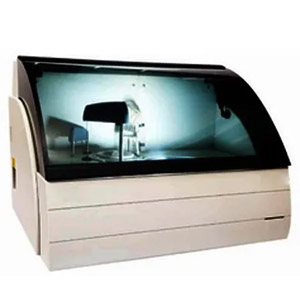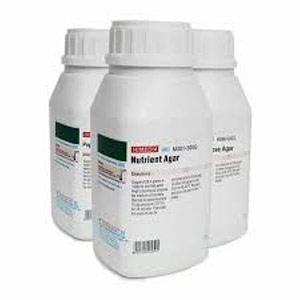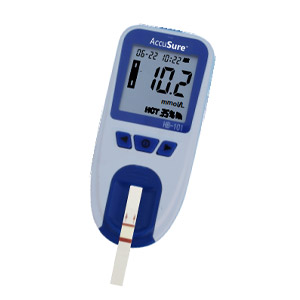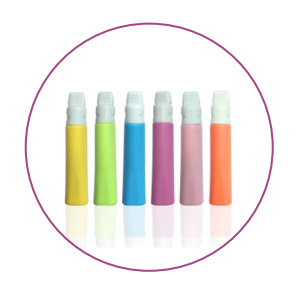Description
-
Intended use
-
Recommended as a general culture medium for cultivation of less fastidious microorganisms from clinical and non-clinical
-
samples. It can be enriched with blood or other biological fluids.
-
Composition**
-
Ingredients Gms / Litre
-
Peptone 5.000
-
Sodium chloride 5.000
-
HM peptone B# 1.000
-
Yeast extract 2.000
-
Agar 15.000
-
Final pH ( at 25°C) 7.4±0.2
-
**Formula adjusted, standardized to suit performance parameters
-
# – Equivalent to Beef extract
-
Directions
-
Suspend 28.0 grams in 1000 ml purified/distilled water. Heat to boiling to dissolve the medium completely. Sterilize by
-
autoclaving at 15 lbs pressure (121°C) for 15 minutes. Cool to 45-50°C. Mix well and pour into sterile Petri plates.
-
Principle And Interpretation
-
Nutrient media are basic culture media used for maintaining microorganisms, cultivating fastidious organisms by enriching
-
with serum or blood and are also used for purity checking prior to biochemical or serological testing (1,2). Nutrient Agar is
-
ideal for demonstration and teaching purposes where a more prolonged survival of cultures at ambient temperature is often
-
required without risk of overgrowth that can occur with more nutritious substrate. This relatively simple formula has been
-
retained and is still widely used in the microbiological examination of variety of materials and is also recommended by
-
standard methods. It is one of the several non-selective media useful in routine cultivation of microorganisms (3,4). It can be
-
used for the cultivation and enumeration of bacteria which are not particularly fastidious. Addition of different biological
-
fluids such as horse or sheep blood, serum, egg yolk etc. makes it suitable for the cultivation of related fastidious organisms.
-
Peptone, HM peptone B and yeast extract provide the necessary nitrogen compounds, carbon, vitamins and also some trace
-
ingredients necessary for the growth of bacteria. Sodium chloride maintains the osmotic equilibrium of the medium.
-
Type of specimen
-
Clinical samples – pathological material, Food and dairy samples; Water samples
-
Specimen Collection and Handling:
-
For clinical samples follow appropriate techniques for handling specimens as per established guidelines (5,6).
-
For food and dairy samples, follow appropriate techniques for sample collection and processing as per guidelines (3,4,7).
-
For water samples, follow appropriate techniques for sample collection, processing as per guidelines and local standards.(8)
-
After use, contaminated materials must be sterilized by autoclaving before discarding.
-
Warning and Precautions :
-
In Vitro diagnostic use. For professional use only. Read the label before opening the container. Wear
-
protective gloves/protective clothing/eye protection/ face protection. Follow good microbiological lab practices
-
while handling specimens and culture. Standard precautions as per established guidelines should be followed
-
while handling clinical specimens. Safety guideline
Other Products Range

Semi Biochemistry Analyzer And Reagents (Erba 5x)
Read more...




